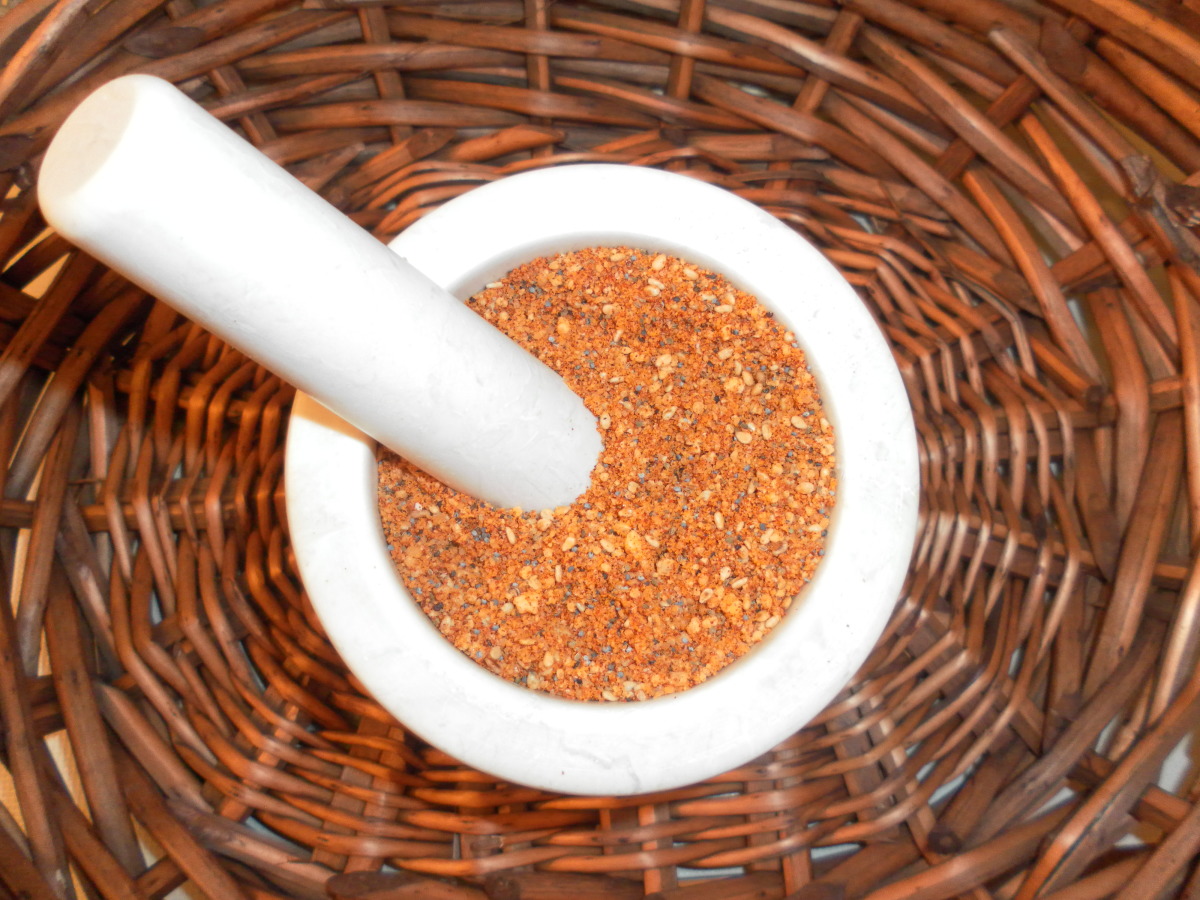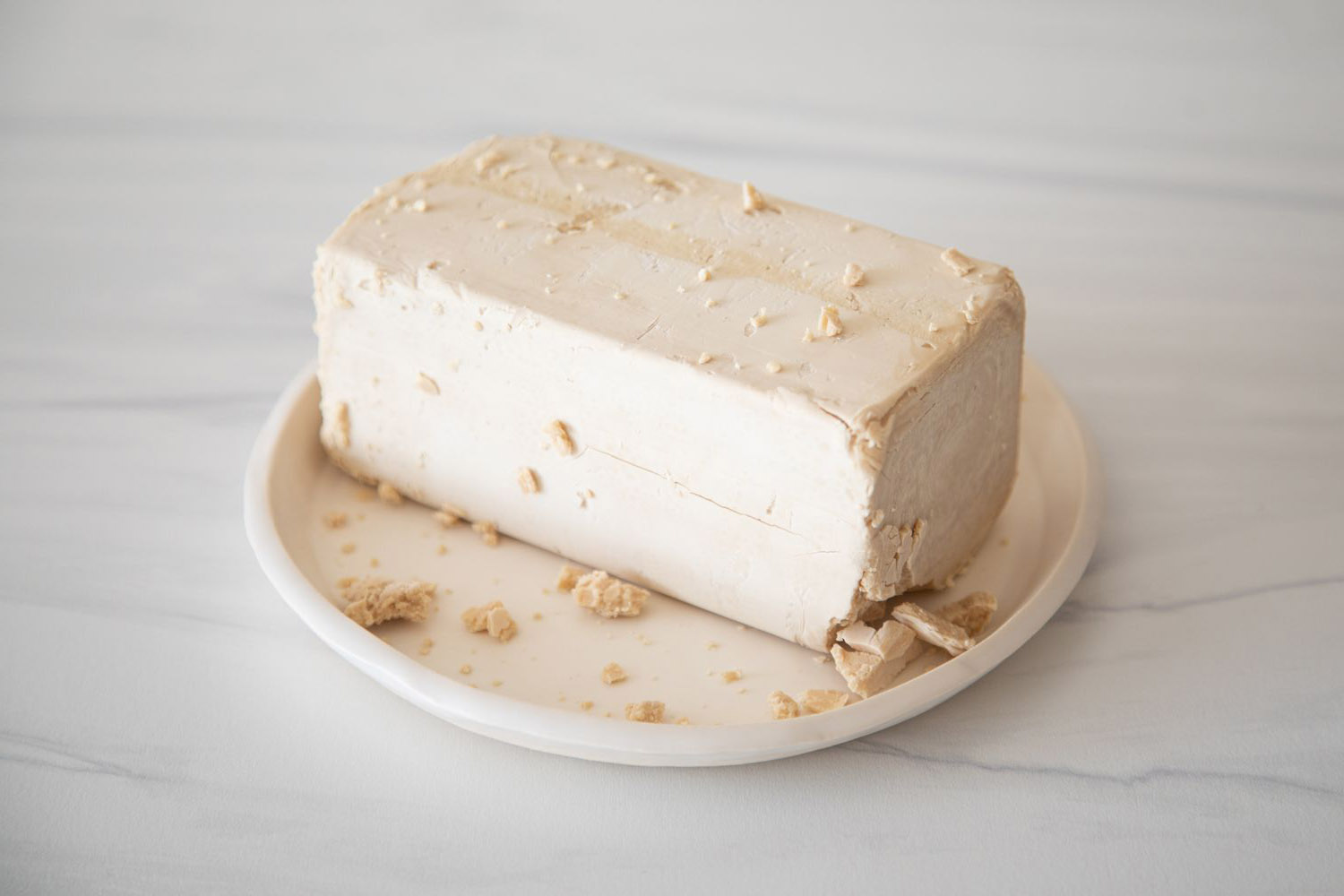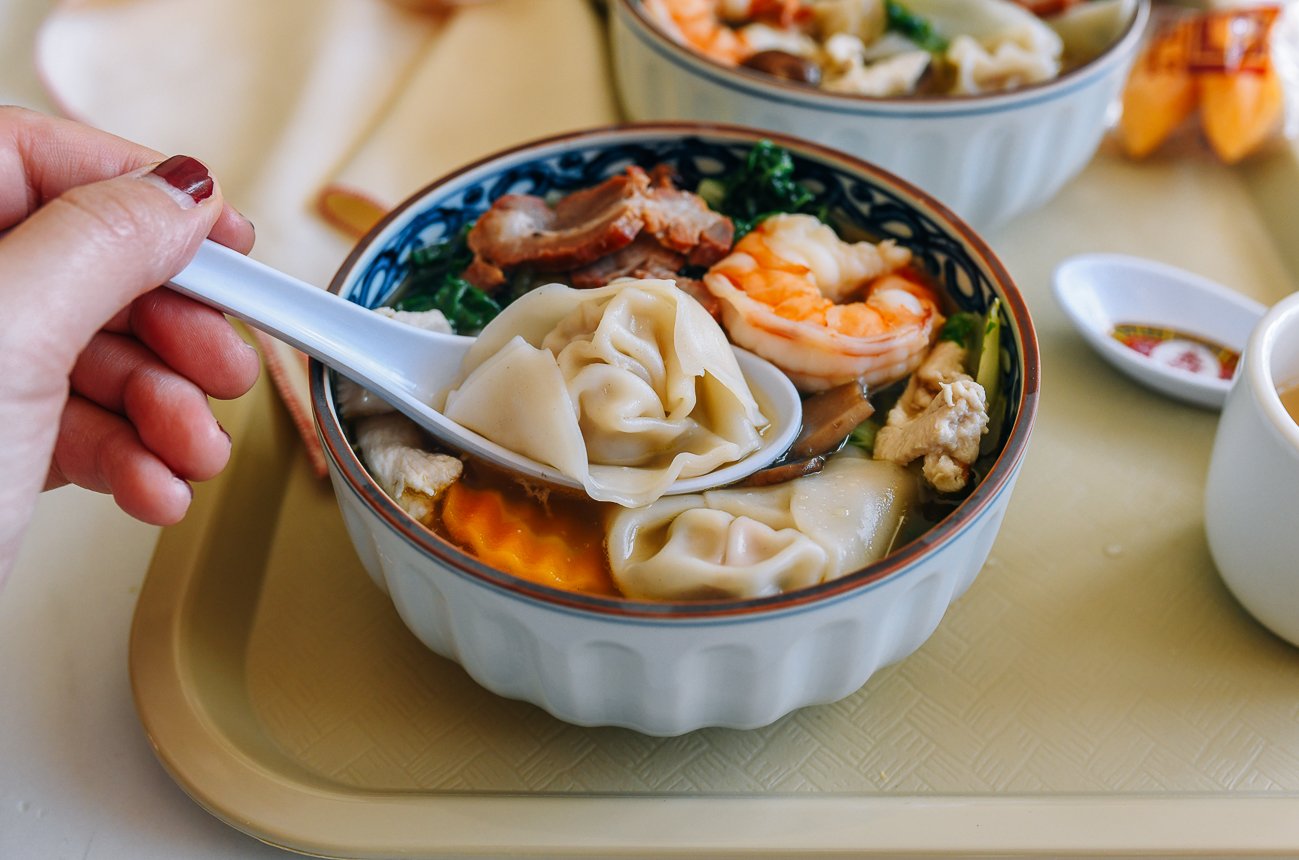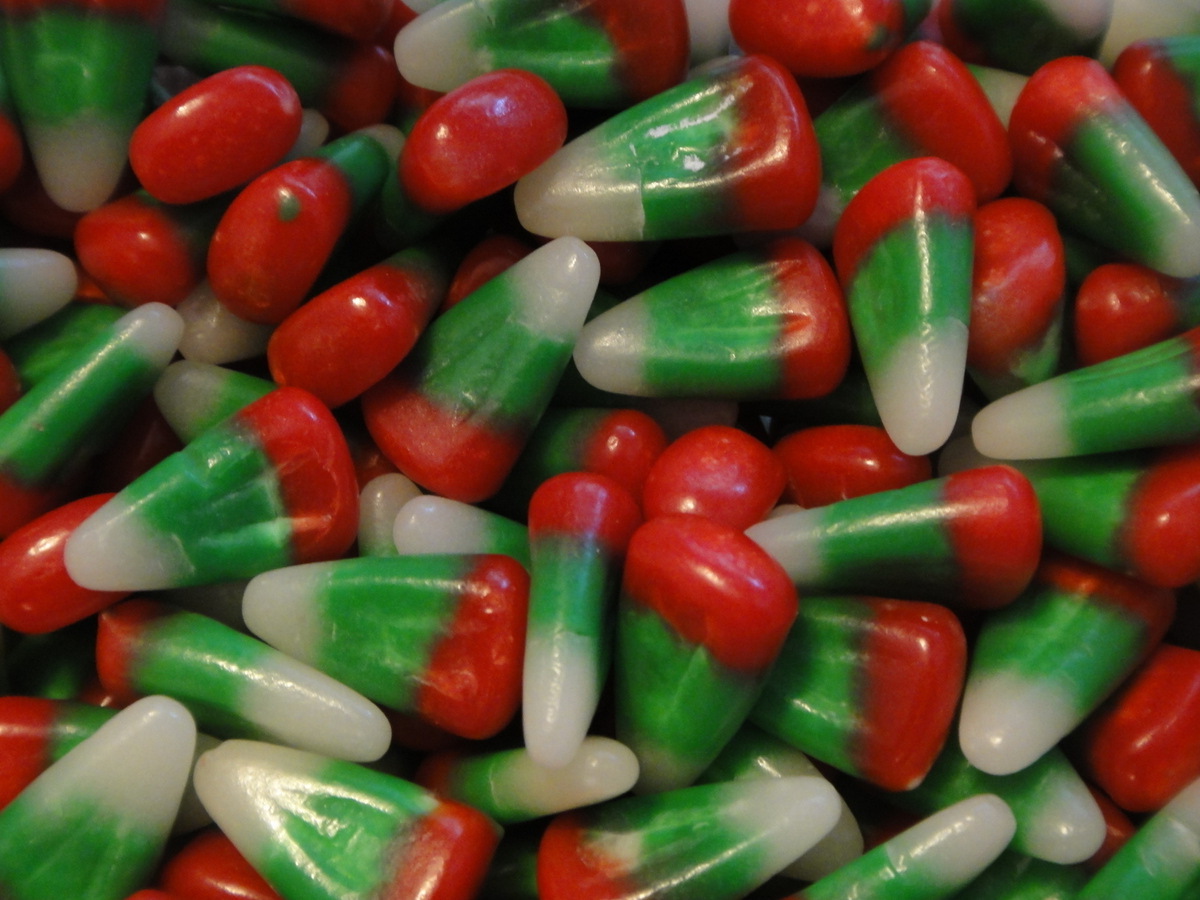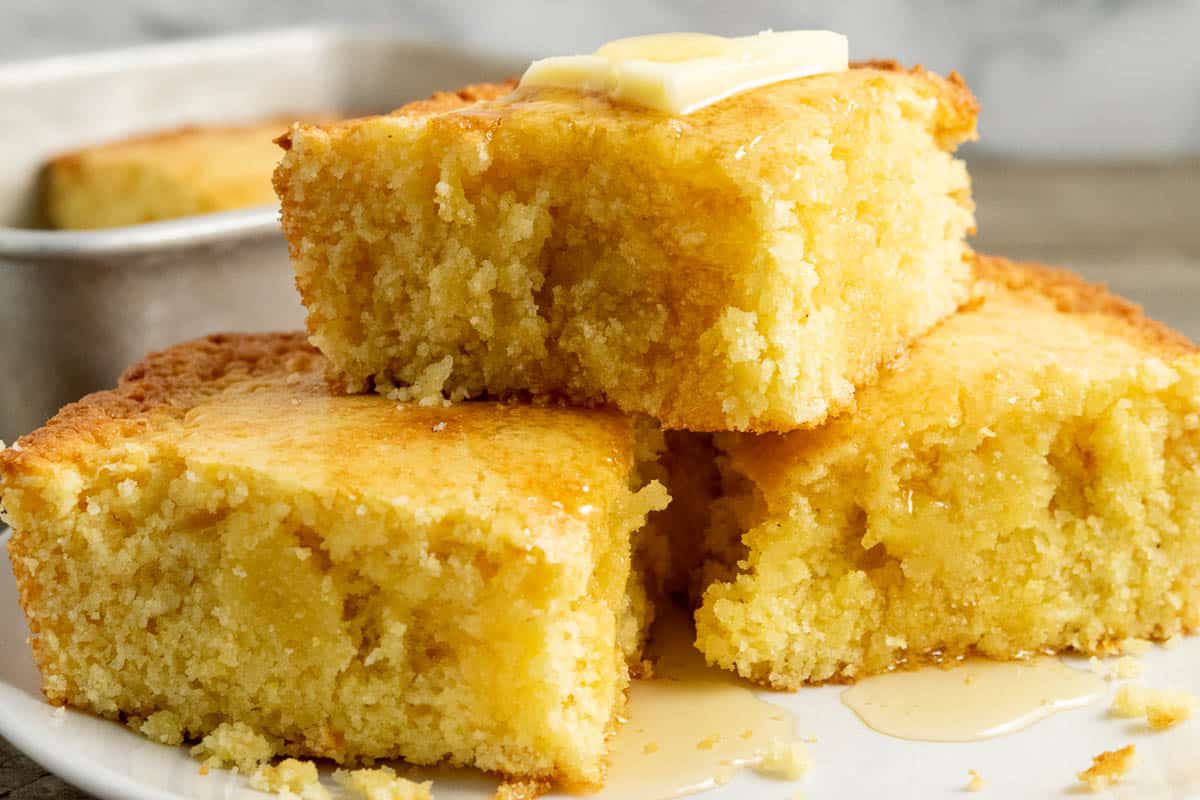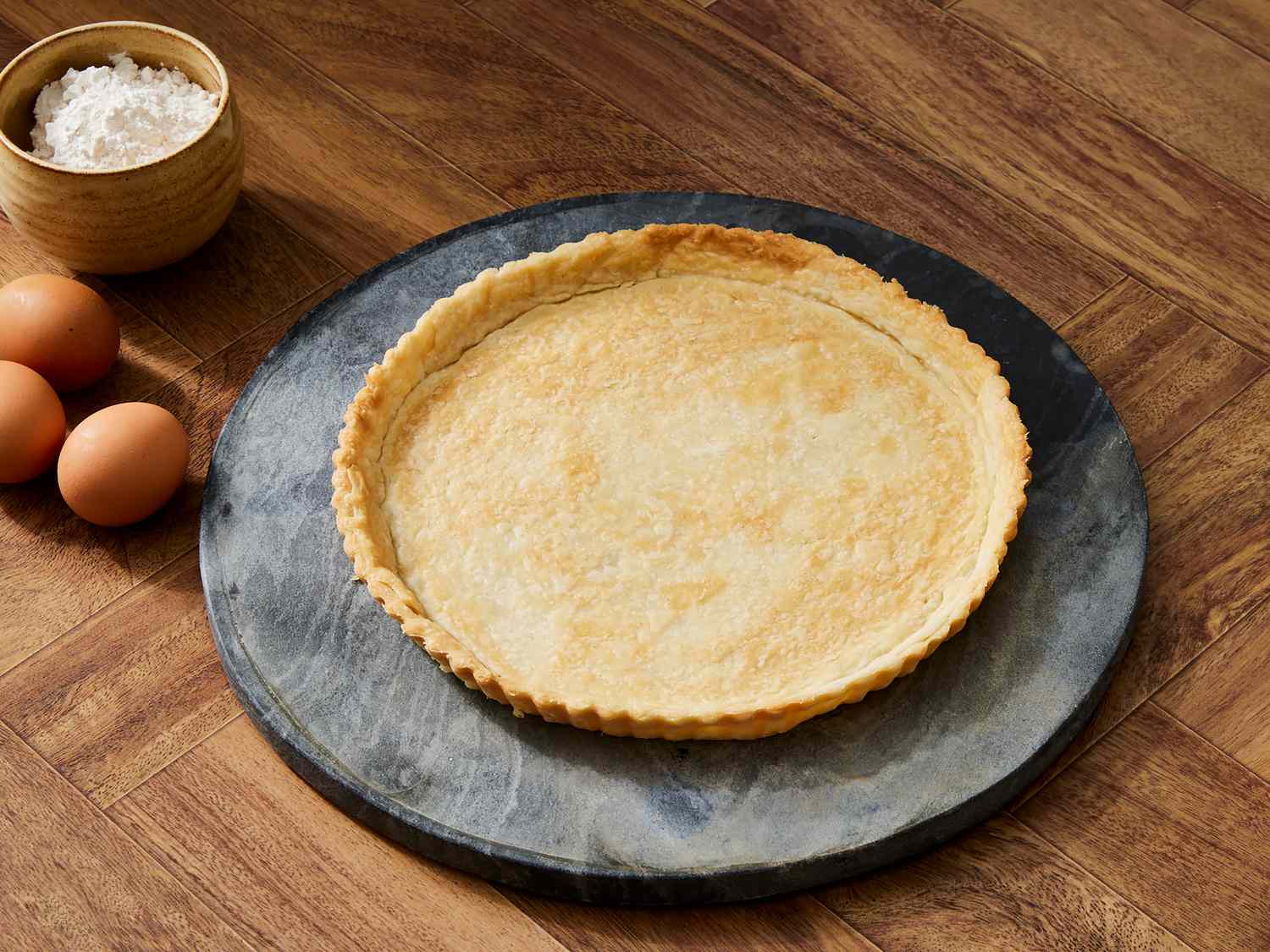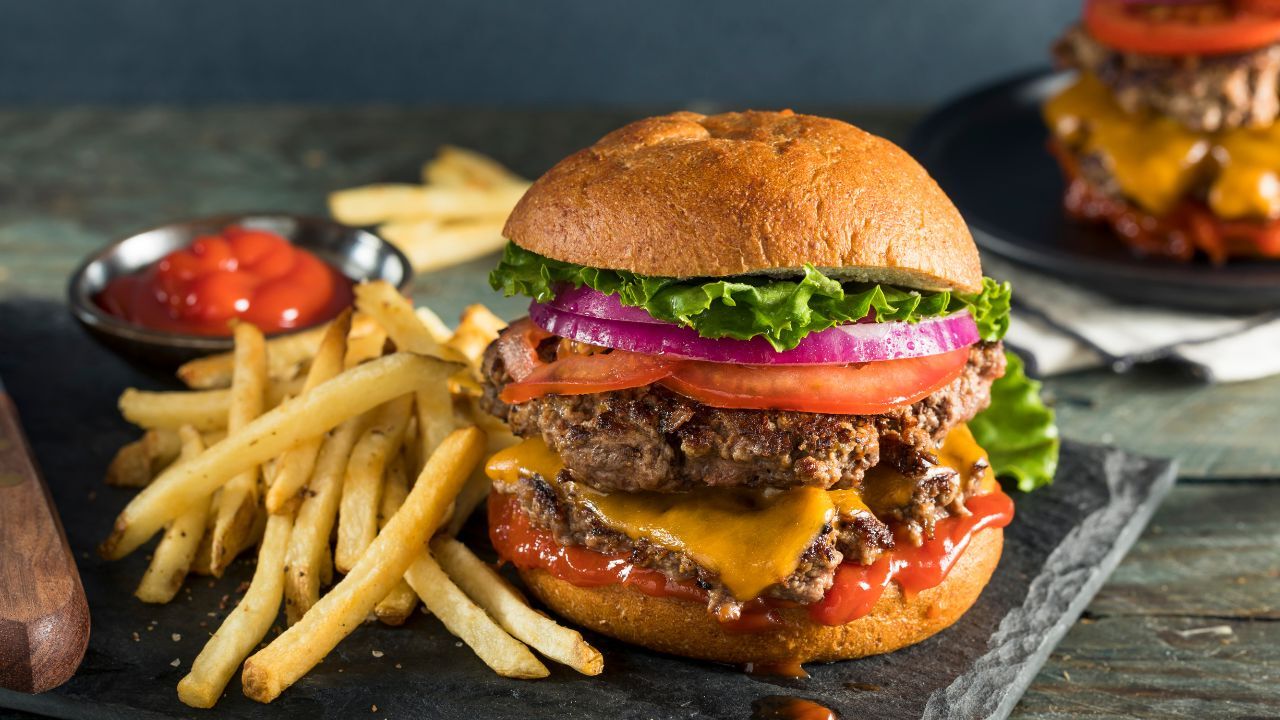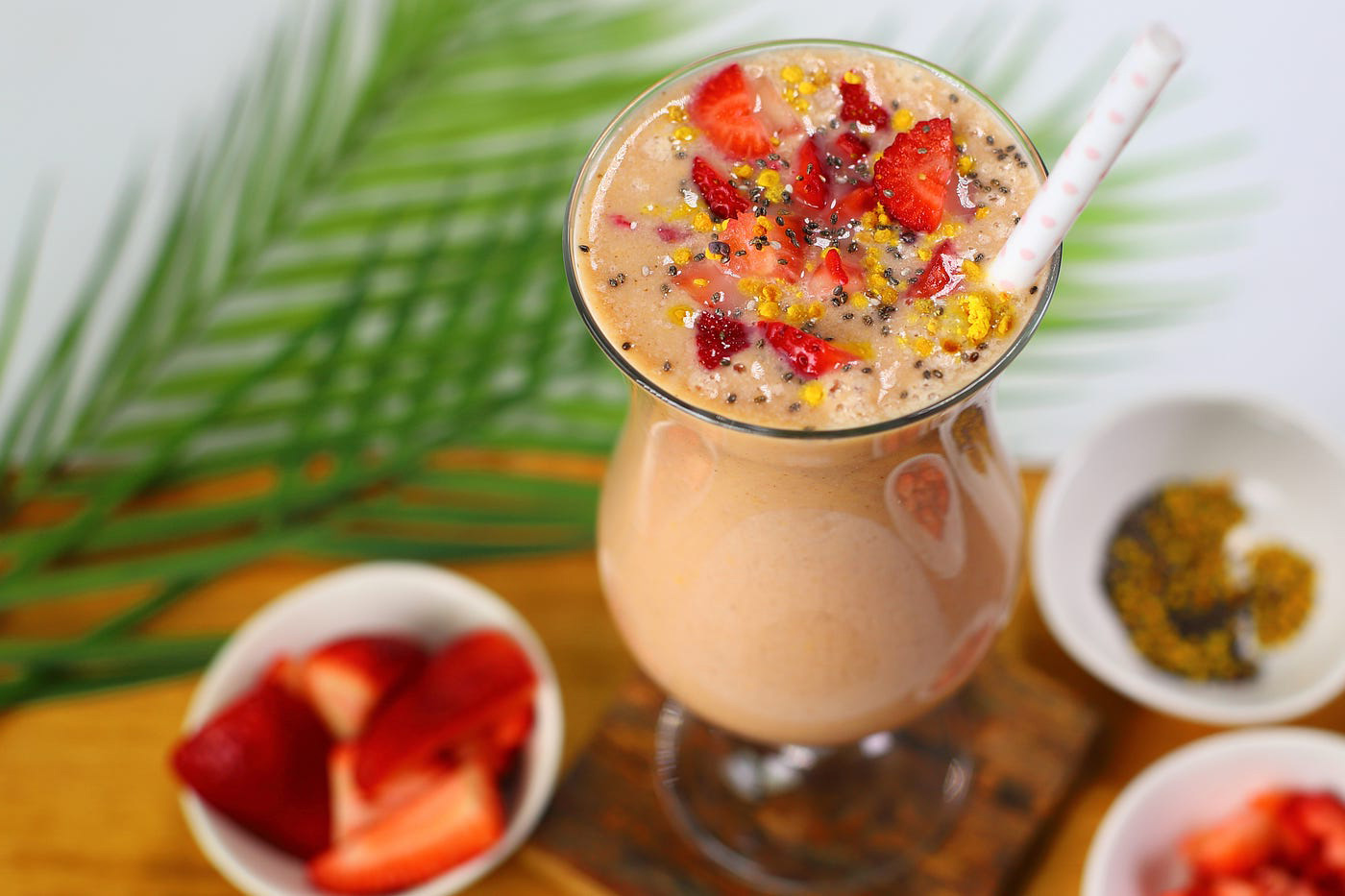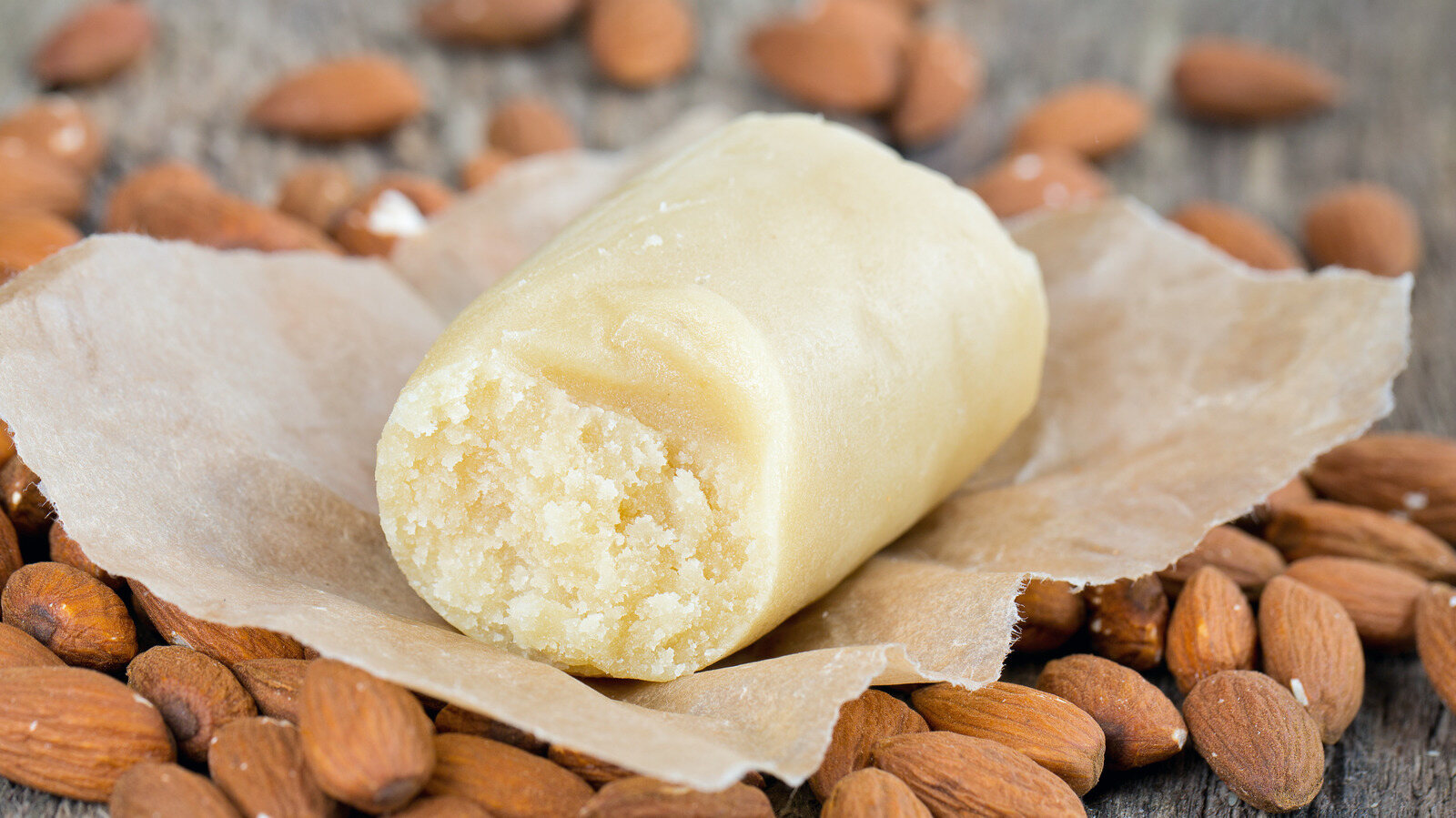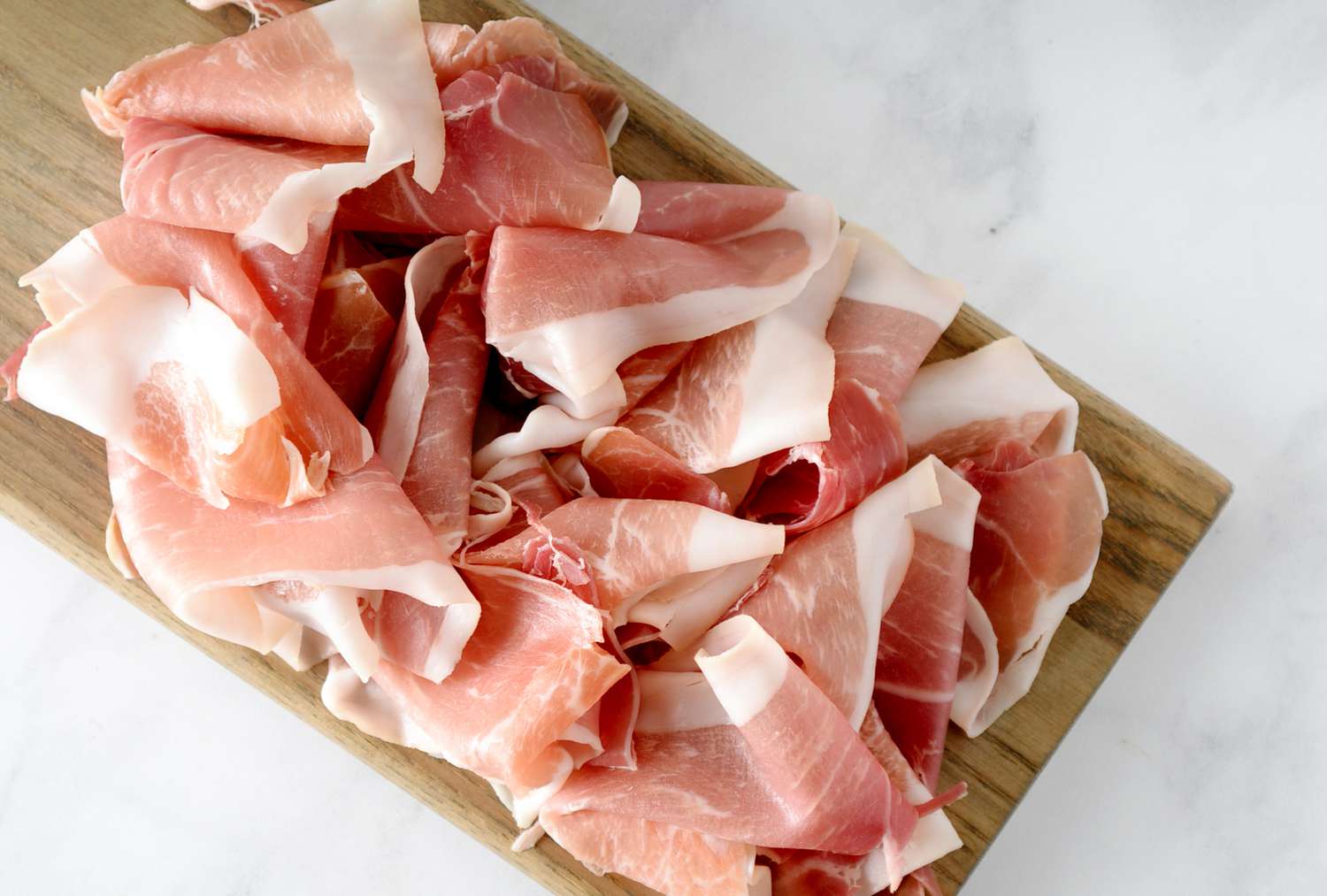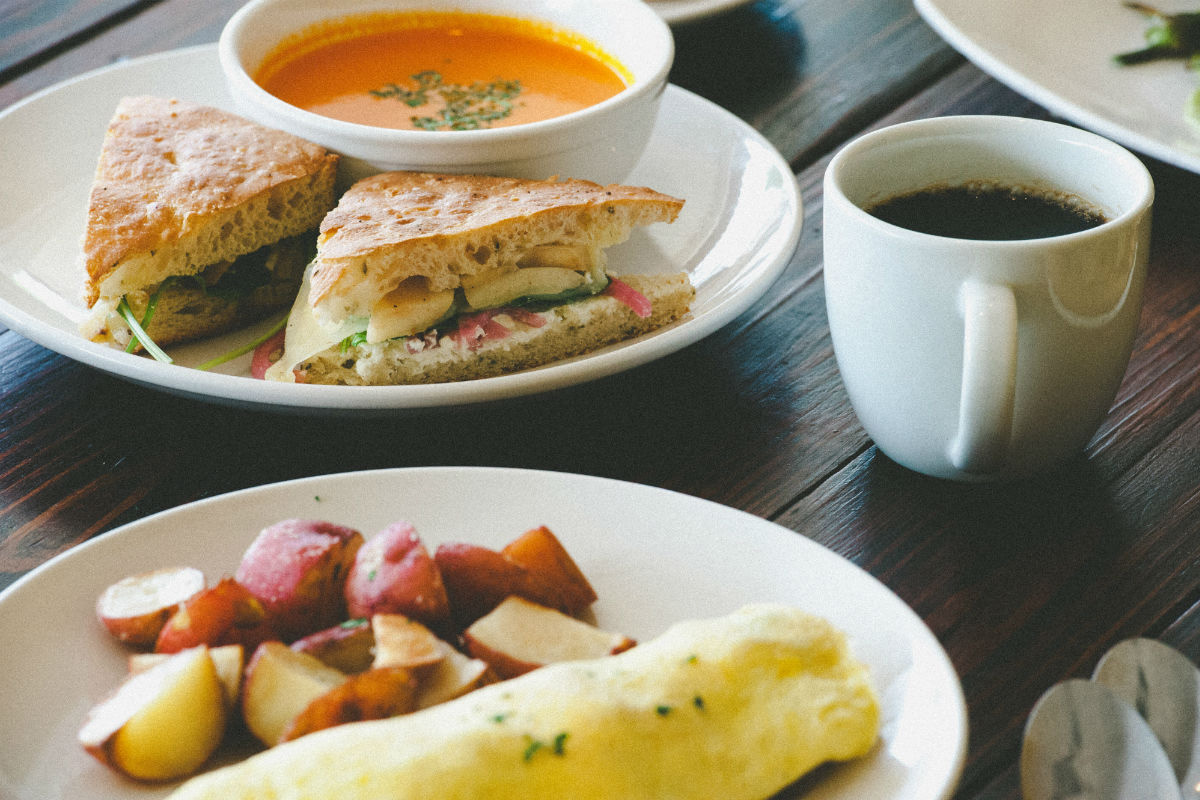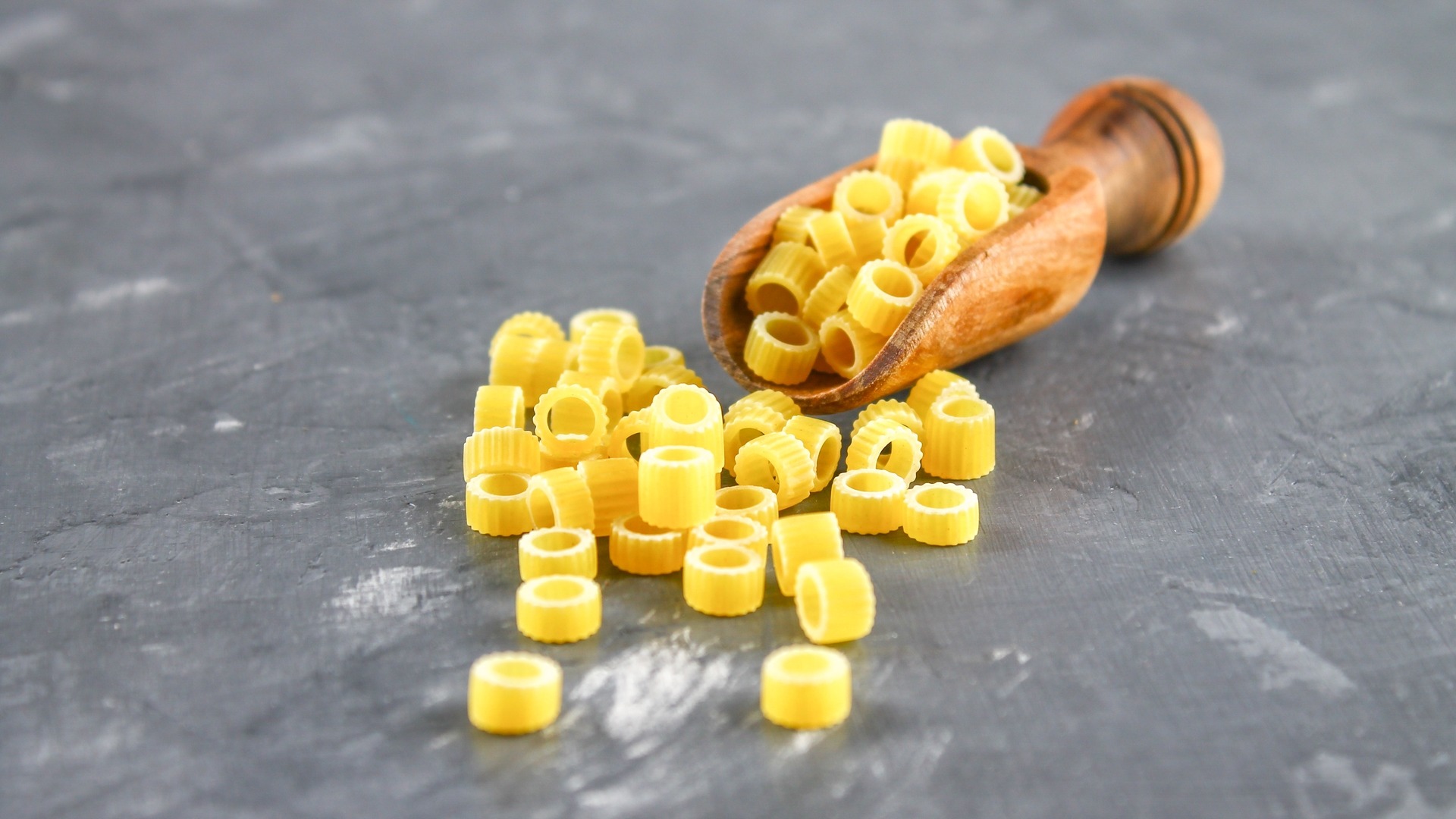Understanding the Margarita: A Classic Cocktail
When it comes to iconic cocktails, the Margarita holds a special place in the hearts of many. This refreshing and tangy drink has been a favorite for decades, and its popularity shows no signs of waning. But what exactly is a Margarita, and what makes it so beloved? Let’s take a closer look at this classic cocktail.
The History of the Margarita
The origins of the Margarita are somewhat shrouded in mystery, with several stories claiming to be the true inspiration behind the cocktail. One popular theory is that it was created in the 1930s for a showgirl named Marjorie King, whose Spanish nickname was “Margarita.” Another tale attributes its invention to a socialite named Margarita Sames, who concocted the drink for her guests in Acapulco in the late 1940s. Regardless of its exact origins, the Margarita has become a staple in the world of mixology.
The Ingredients
A classic Margarita is made with just a few simple ingredients:
- Tequila: The base spirit of the Margarita, tequila provides the drink with its signature kick.
- Lime Juice: Freshly squeezed lime juice adds a bright, citrusy flavor to the cocktail.
- Triple Sec: This orange-flavored liqueur balances the tartness of the lime juice and adds a hint of sweetness.
- Salt: The rim of the glass is often coated with salt, adding a savory contrast to the drink’s acidity.
The Variations
While the classic Margarita is a timeless favorite, there are countless variations and spin-offs that cater to different tastes. Some popular variations include:
- Flavored Margaritas: By adding fruit purees or flavored syrups, you can create a wide range of fruity Margaritas, such as strawberry, mango, or pineapple.
- Frozen Margaritas: Blended with ice, these slushy concoctions are perfect for hot summer days.
- Spicy Margaritas: For those who enjoy a bit of heat, adding jalapenos or a splash of hot sauce can give the Margarita a spicy kick.
Serving the Margarita
Traditionally, Margaritas are served in a salt-rimmed glass, with a wedge of lime for garnish. The combination of flavors and the visual appeal of the salted rim make the Margarita a feast for the senses.
Conclusion
Whether enjoyed on a sunny beach or at a lively cocktail party, the Margarita continues to be a beloved classic in the world of mixology. Its simple yet vibrant combination of flavors has secured its place as a go-to cocktail for countless enthusiasts. So, the next time you’re in the mood for a refreshing and zesty libation, consider reaching for a Margarita and savoring its timeless appeal.
